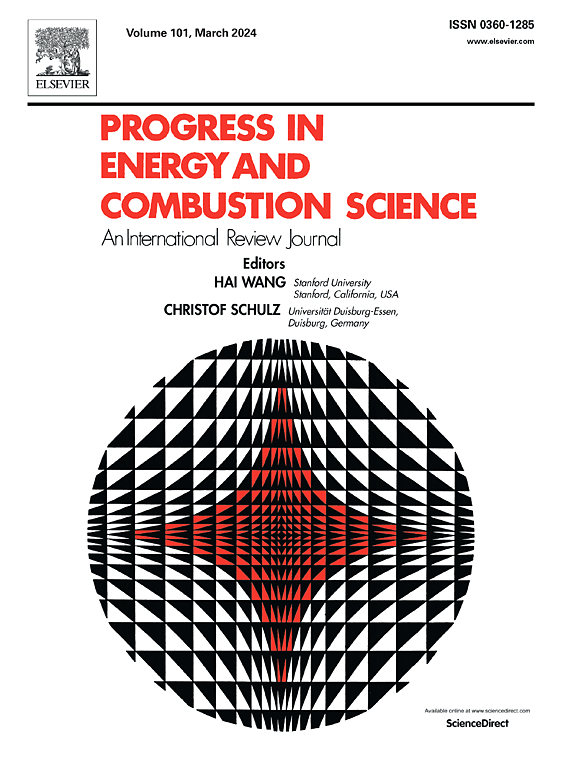Carbon capture and storage is recognized as one of the most promising solutions to mitigate climate change. Compared to conventional separation technologies, supersonic separation is considered a new generation of technology for gas separation and carbon capture thanks to its advantages of cleaning and efficient processes which are achieved using energy conversion in supersonic flows. The supersonic separation works on two principles which both occur in supersonic flows: the energy conversion to generate microdroplets and supersonic swirling flows to remove the generated droplets. This review seeks to offer a detailed examination of the cutting-edge technology for gas separation and carbon dioxide removal in the new-generation supersonic separation technology, which plays a role in carbon capture and storage. The evaluation discusses the design, performance, financial feasibility, and practical uses of supersonic separators, emphasizing the most recent progress in the industry. Theoretical analysis, experiments, and numerical simulations are reviewed to examine in detail the advances in the nucleation and condensation characteristics and the mechanisms of supersonic separation, as well as new applications of this technology including the liquefaction of natural gas. We also provide the perspective of the challenges and opportunities for further development of supersonic separation. This survey contributes to an improved understanding of sustainable gas removal and carbon capture by using the new-generation supersonic separation technology to mitigate climate change.


